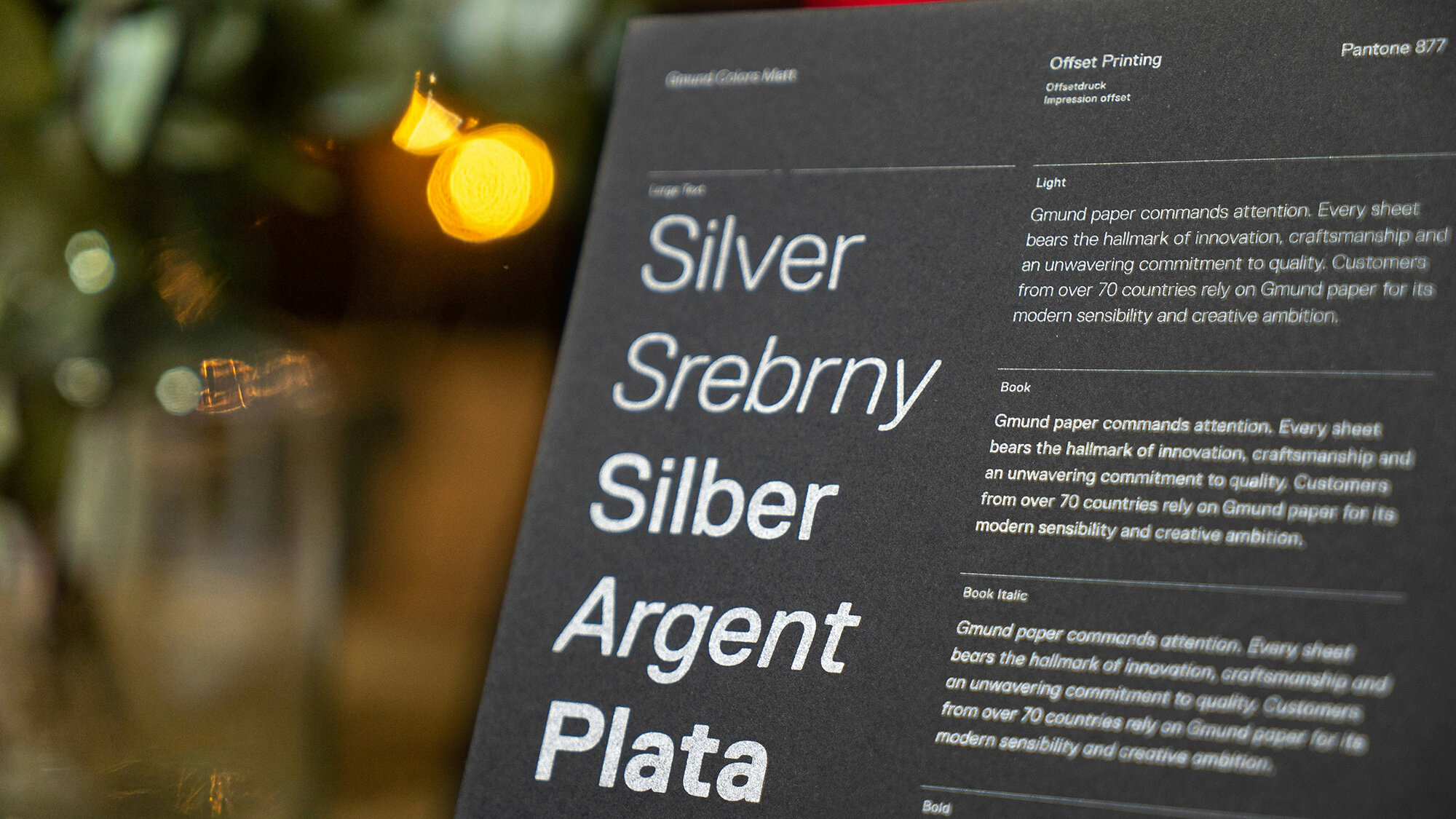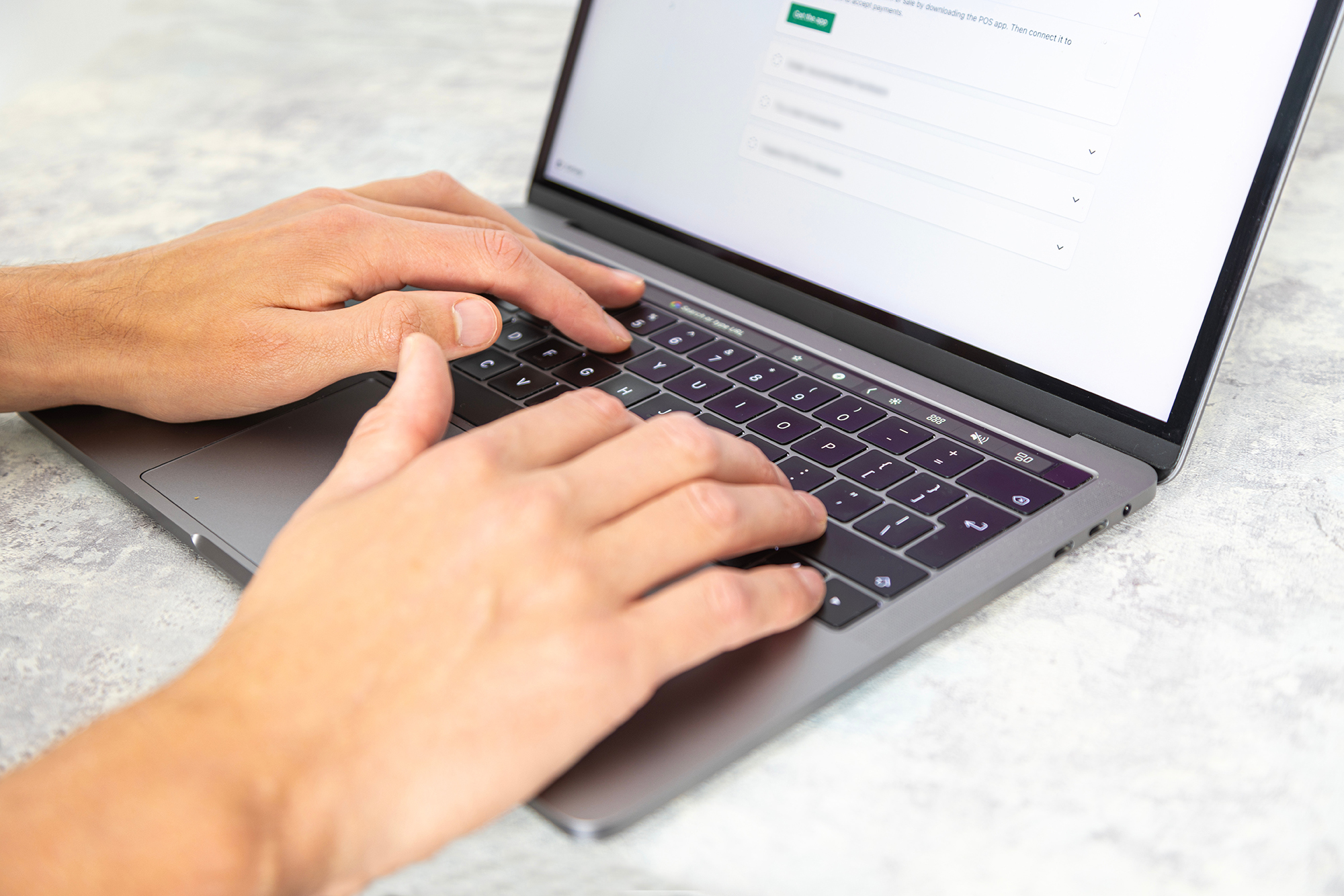Choosing the right typography for your web design is a crucial step in creating a visually appealing and user-friendly website. Typography sets the tone and conveys the message of your brand, while also influencing the readability and overall user experience. With so many fonts and styles to choose from, it can be overwhelming to find the perfect fit.
But fear not! In this guide, we will walk you through the process of selecting the ideal typography for your website. So grab a cup of coffee and let’s dive in!
1. Understand the basics of typography
Before we delve into the nitty-gritty of font selection, it’s essential to understand the basics of typography. Typography involves the arrangement and design of typefaces, fonts, and text elements.
It encompasses factors such as font families, font sizes, line heights, letter spacing, and more. By grasping these fundamental concepts, you’ll be better equipped to make informed decisions about your web design typography.
2. Define your brand personality and tone
Your brand’s personality and tone should be reflected in your website’s typography. Think about the emotions and feelings you want to evoke in your audience. Is your brand playful and energetic, or sophisticated and elegant?
Consider the traits of your target audience and align your typography choices accordingly. For example, a children’s website might opt for fun and colourful fonts, while a law firm’s website would lean towards more formal and traditional fonts.
3. Choose fonts with readability in mind
Ensuring that your website is easily readable is paramount. No matter how beautiful a font may be, if it hinders readability, it will negatively impact the user experience.
When selecting fonts, consider factors such as letter spacing, line length, and font size. Aim for a font size of at least 16 pixels for body text to ensure comfortable reading. Additionally, pay attention to the contrast between the text and the background to ensure optimal legibility.
4. Stick to a limited number of fonts
While it may be tempting to use a variety of fonts to add visual interest, it’s best to stick to a limited number of fonts. Using too many fonts can create a cluttered and unprofessional appearance.
Limit yourself to two or three fonts at most, ensuring they complement each other and maintain consistency throughout your website. By doing so, you’ll achieve a cohesive and harmonious design. We typically choose one font for headings, buttons and user interface, and a separate font for body text.
5. Consider web-safe fonts
Web-safe fonts are fonts that are widely available on most devices and operating systems. These fonts ensure that your typography appears as intended across different browsers and devices. Popular web-safe fonts include Arial, Helvetica, Times New Roman, and Georgia. While they may not be as unique as custom fonts, they offer reliability and consistency.
6. Explore custom fonts
If you want to add a touch of uniqueness to your website, custom fonts are a great option. Custom fonts allow you to create a distinct brand identity and stand out from the crowd. Services like Google Fonts and Typekit offer a wide range of custom fonts that can be easily integrated into your website. When choosing custom fonts, ensure they are legible and align with your brand’s personality and tone.
7. Pay attention to font pairing
Font pairing refers to the art of combining different fonts to create visual harmony and hierarchy. When pairing fonts, consider their contrast and compatibility. Pairing a serif font with a sans-serif font, for example, can create an interesting and balanced composition. Experiment with different combinations and seek inspiration from typography resources and design blogs.
Remember to maintain consistency in font pairing throughout your website for a cohesive look.
8. Test fonts on multiple devices
To ensure that your chosen fonts appear as intended across various devices and screen sizes, test them on multiple platforms. Fonts may appear differently on different operating systems and browsers, so it’s crucial to verify their compatibility.
Check your website’s typography on desktop, mobile, and tablet devices to ensure a consistent and optimal user experience for all visitors.
9. Optimise for performance
While custom fonts can enhance your website’s visual appeal, they can also impact load times. Large font files can slow down your website, leading to a poor user experience. Optimise font loading by using techniques such as font subsetting and asynchronous loading.
Additionally, consider the performance implications when selecting custom fonts and prioritise speed and efficiency.
10. Seek feedback and iterate
Once you’ve implemented your chosen typography, seek feedback from users and colleagues. User testing and feedback can provide valuable insights into the readability and overall impact of your typography choices. Iterate and make adjustments based on the feedback received to continually improve your website’s typography.
If you’re looking for expert guidance and support in designing your website’s typography, we can help. Contact us today to get started on creating a visually stunning and user-friendly website that captivates your audience.
Let's make a website!
Book a FREE video call to discuss your business, project strategy, and more!
"*" indicates required fields
More from Metal Potato
Can Apple Vision Pro Revolutionise Computing?
Discover the Apple Vision Pro: a mixed-reality headset set to redefine computing, work, entertainment, and education.
The Power of WordPress for Small Businesses
Build a strong online presence for your small business with WordPress! It's easy to use, SEO-friendly, and very cost-effective.
Celebrating 40 Years of the Apple Mac
Explore 40 years of Mac evolution! Celebrating Apple's iconic computer and its impact on design, technology, and creativity.
Why LinkedIn Should Be Your Top Priority
Maximise career growth with LinkedIn's powerful benefits! Unlock networking opportunities, connect and build your personal brand.
7 Strategies to Build Customer Loyalty
Elevate your brand with proven strategies for customer loyalty. Personalised programs, consistency, and gratitude that resonate.
Leveraging ChatGPT to Boost Your Conversions
Elevate your copywriting with ChatGPT! Unlock creativity, get audience insights, and optimise content effortlessly.






